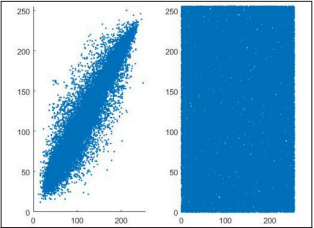Wishing to communicate each other of people contributes to improve technology and it has made the internet concept an indispensable part of our daily life. Cyber attacks that are from extranets to enterprise network or intranets which are used as personal can cause to pecuniary loss and intangible damages. It is critical to take due precautions for minimizing the losses by early detection of attacks. The aim of this study is analyzing the rate of success in intrusion detection system by using different methods. In this study, CICDDoS2019 data set has been used and DDOS attacks in this data set were compared and the success rates of threat determination were analysed as using Artificial Neural Networks (ANN), Support Vector Machine (SVM), Gaussian Naive Bayes, Multinomial Naive Bayes, Bernoulli Naive Bayes, Logistic Regression, K-nearest neighbor (KNN), Decision Tree (entropy-gini) and Random Forest algorithms. It has been seen that the highest of the success rate is the models which ensures almost 100% success that were made by using K-nearest neighbor, Logistic Regression, Naive Bayes, (Multinomial – Bernoulli algorithms).
Cite this article as: Aytaç T, Aydın MA, Zaim AH. Detection DDOS Attacks Using Machine Learning Methods. Electrica, 2020; 20(2): 159-167.



.png)

.png)
